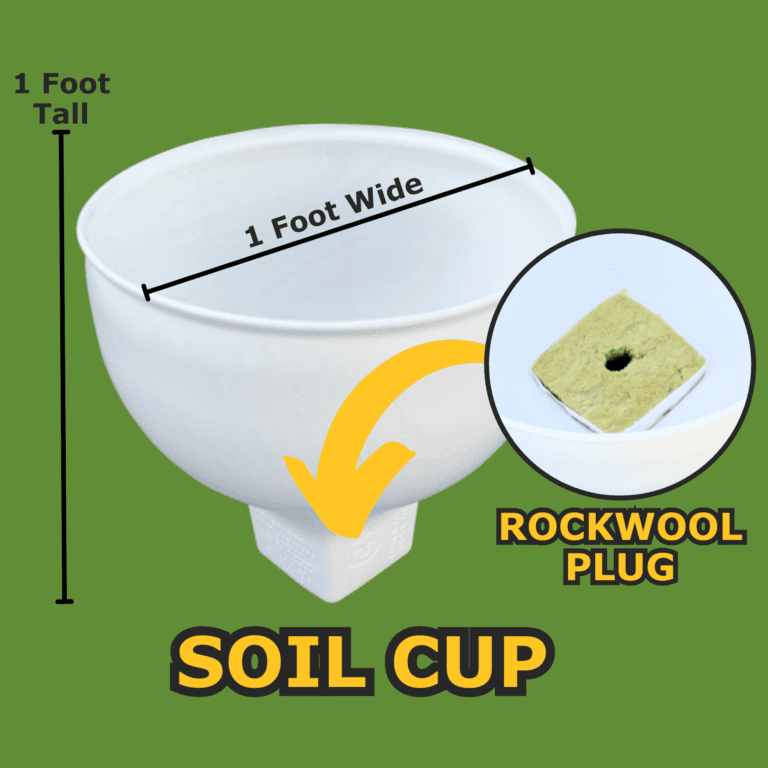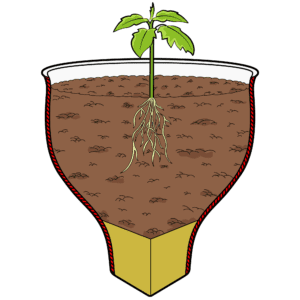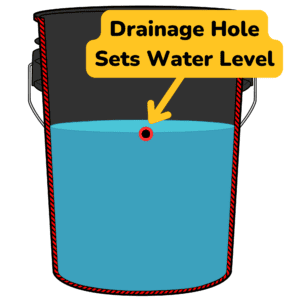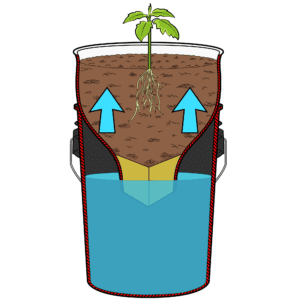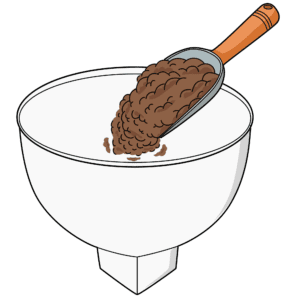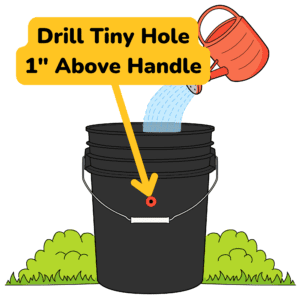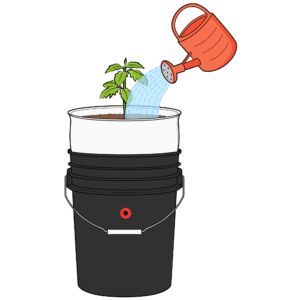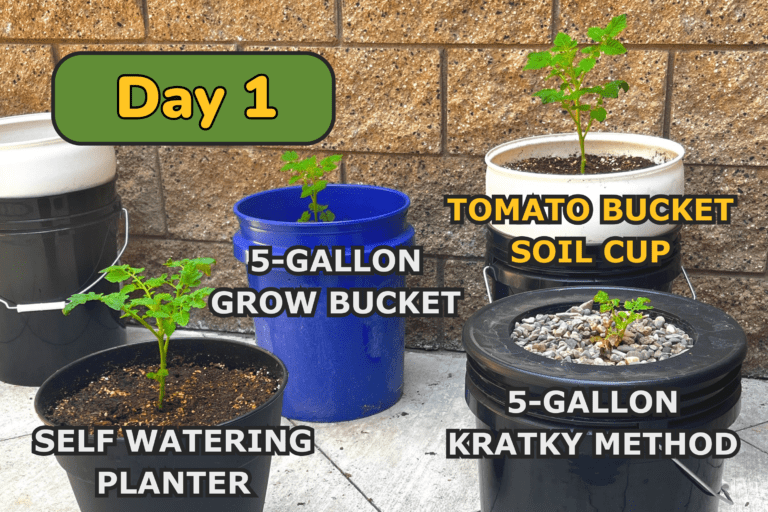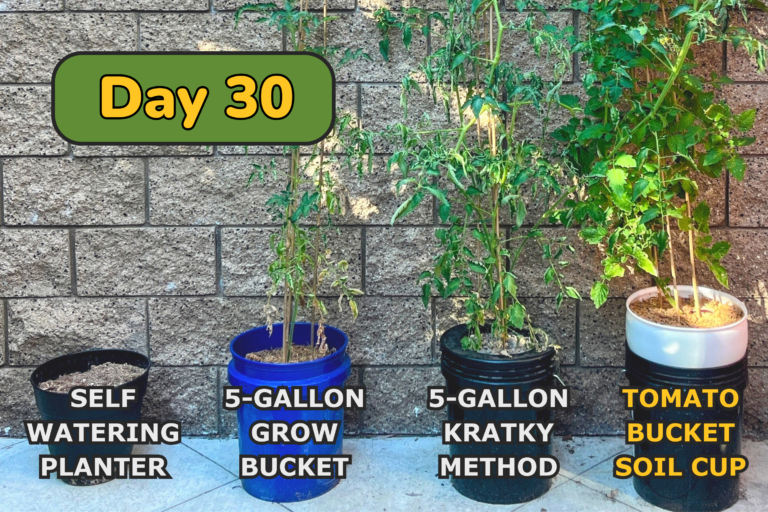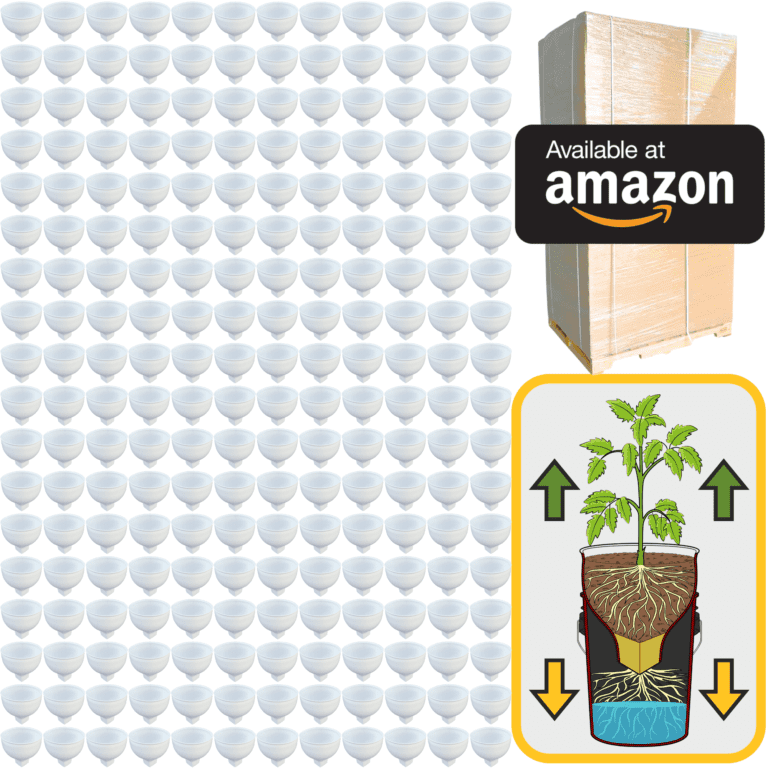The wick system is one of the easiest and most accessible ways to experience the magic of hydroponics. It’s a gentle, hands-off method that allows plants to grow without any need for pumps or electricity, relying solely on simple materials and the steady movement of water through absorbent wicks. If you’re a beginner looking to get started with hydroponics, the wick system is an ideal choice. It’s inexpensive, low-maintenance, and easy to set up almost anywhere—making it perfect for small spaces, apartments, or anyone who wants to grow plants without a lot of hassle.
The core idea of the wick system is to provide a continuous supply of water and nutrients directly to the roots, using wicks to transfer the solution from a reservoir up to the growing medium where the plant sits. You can think of it as a built-in watering system that works around the clock, giving the plant exactly what it needs without overdoing it. The wicks act like straws, pulling up just the right amount of nutrient-rich water to keep the roots moist and fed. This gentle approach allows plants to take in nutrients steadily, creating an ideal environment for growth.
To get started, you’ll need a few basic items. First, you’ll need a container for the nutrient solution. This reservoir can be anything from a plastic tub or a repurposed jar to a small bucket. If possible, use a dark container to keep out light and prevent algae from growing in the water. If you only have a clear container, you can wrap it with tape or cover it in foil to keep the light out. Next, you’ll need a pot or smaller container for the plant itself. This container should have drainage holes at the bottom to allow the wicks to reach through and soak up the nutrient solution. A small net cup or plastic pot works well, or you can use any small container that can hold the plant in place.
Once you have your containers, it’s time to set up the wicks. These can be made from cotton rope, nylon strips, or even felt—anything absorbent enough to pull water up from the reservoir to the plant. Place one end of each wick in the nutrient solution in the reservoir and thread the other end up through the holes in the plant container so that they extend into the growing medium. The wicks should be long enough to reach down into the water and up into the root zone, creating a bridge that transports water and nutrients up to the plant.
For the growing medium, choose something that holds moisture without becoming soggy. Perlite, vermiculite, or coconut coir are all good options. These materials allow for air pockets, which help keep the roots oxygenated while staying consistently moist from the wicks. Once the wicks are in place, fill the plant container with the growing medium, planting your seed or seedling so that its roots will eventually be close to where the wicks end. With everything set up, your plant is now ready to receive a steady, gentle flow of nutrients directly to its roots.
The nutrient solution is what feeds the plant and helps it grow. Since there’s no soil in hydroponics, this solution contains all the essential minerals and nutrients that the plant would otherwise find in the ground. You can buy premixed hydroponic nutrient solutions, which are easy to measure and mix with water according to the instructions. For beginners, a solution designed for leafy greens is an excellent choice because it’s simple and balanced. Pour the nutrient solution into the reservoir, ensuring that the wicks are fully submerged so they can start drawing up the solution. The plant will take in nutrients as it needs them, and the wicks will keep the growing medium moist, creating a steady supply for healthy growth.
One of the joys of the wick system is watching how naturally it all works together. As the plant grows, you’ll see the roots reaching down and settling around the wicks, spreading out through the growing medium. The steady moisture allows the plant to develop a healthy root system without the risk of overwatering, and since the wicks only pull up what’s needed, you don’t have to worry about drowning the plant. This setup is especially well-suited for smaller plants, like herbs, lettuce, and other greens that have moderate water needs and thrive in a gentle, consistent environment.
The wick system is also remarkably low-maintenance. Once it’s set up, your main task is simply to check the reservoir every week or so to make sure it hasn’t run dry. Most leafy greens and herbs only need a small amount of nutrient solution to grow, so you may find that the initial fill of the reservoir lasts for quite a while. If the water level gets low, just top it off with more nutrient solution, and the wicks will keep everything running smoothly. This hands-off approach makes it an ideal choice for busy schedules or for anyone who wants to try hydroponics without dedicating a lot of time to daily care.
As you watch your plant grow, you’ll get a front-row view of how hydroponics works. You’ll see how the roots develop in the growing medium, anchoring themselves and reaching out toward the wicks. Healthy roots in a hydroponic system are usually white and look strong and fibrous. With each new leaf or stem, you’ll see the results of the balanced nutrients, and you’ll start to recognize how important water, nutrients, and oxygen are for plant health. If you notice the leaves turning pale or growth slowing down, it could be a sign that the plant needs a slight nutrient adjustment. The wick system makes it easy to respond to your plant’s needs by tweaking the nutrient solution or adjusting the wick placement, giving you the chance to learn by observing and interacting with your setup.
The wick system teaches you the basics of hydroponics in a way that’s both accessible and rewarding. You’ll learn how plants absorb nutrients, how to keep water levels balanced, and how roots develop in a soilless environment. And because this system requires minimal intervention, you’ll be able to enjoy watching your plants thrive without feeling overwhelmed. Each new leaf is a reminder of how effective this simple approach can be, and the process will deepen your understanding of plant care, helping you grow in confidence as a gardener.
The beauty of the wick system is that it works almost anywhere. You don’t need a large space or a complex setup to grow fresh, healthy plants. With a small container, a few wicks, and a basic nutrient solution, you can bring the joy of hydroponics into your home, experiencing the satisfaction of nurturing plants from seed to harvest. Starting with the wick system lets you explore the fundamentals of hydroponics in a way that’s approachable, enjoyable, and full of potential. It’s a reminder that sometimes, the simplest solutions are the most effective, and with this setup, you’re laying the foundation for a rewarding journey in soilless growing.

